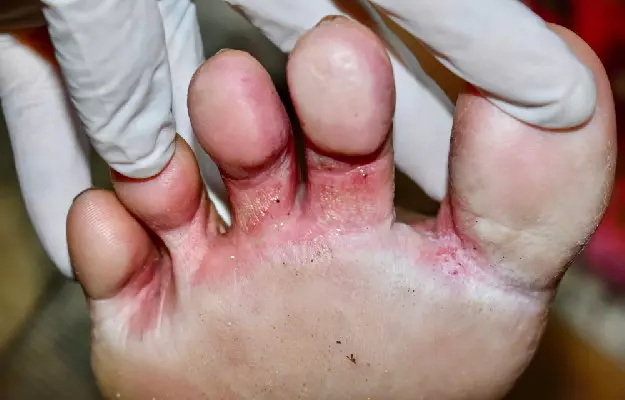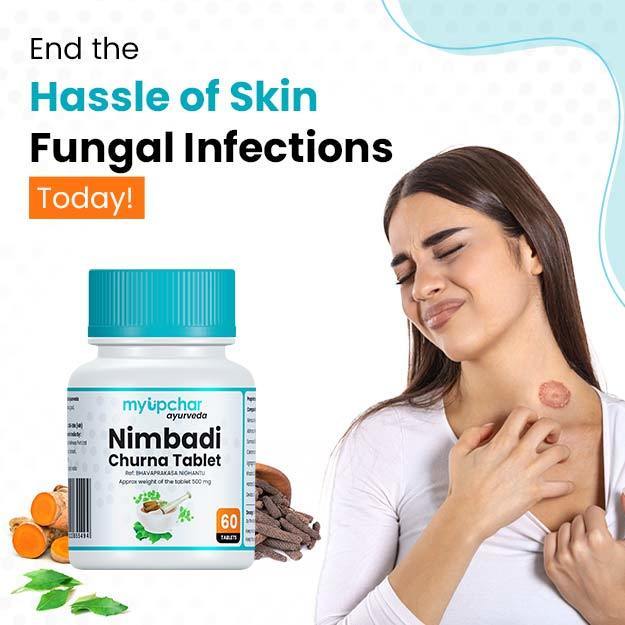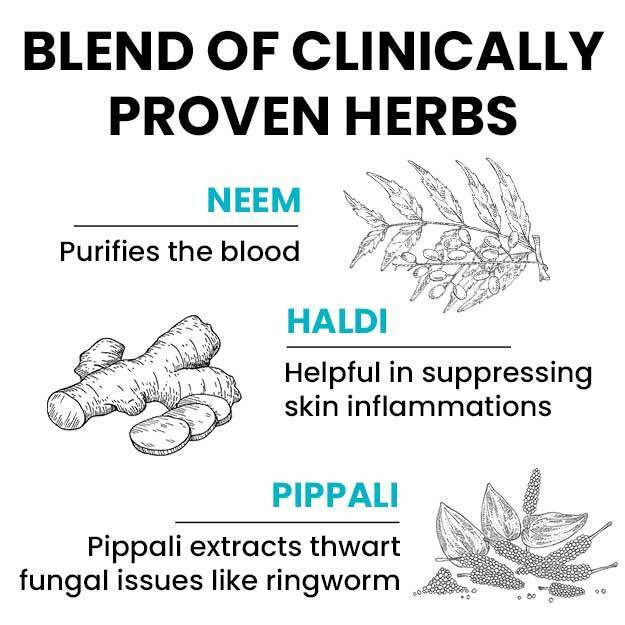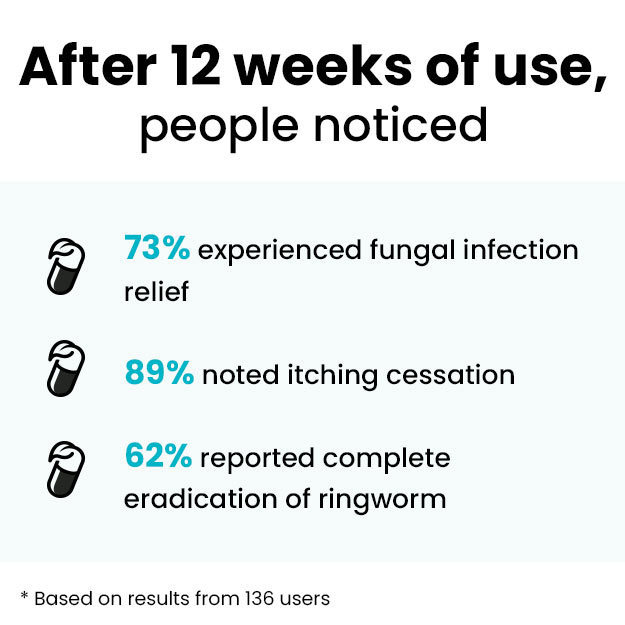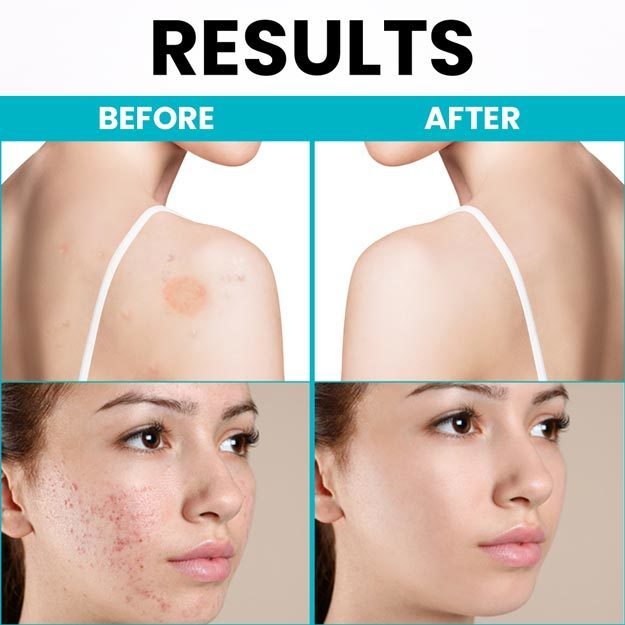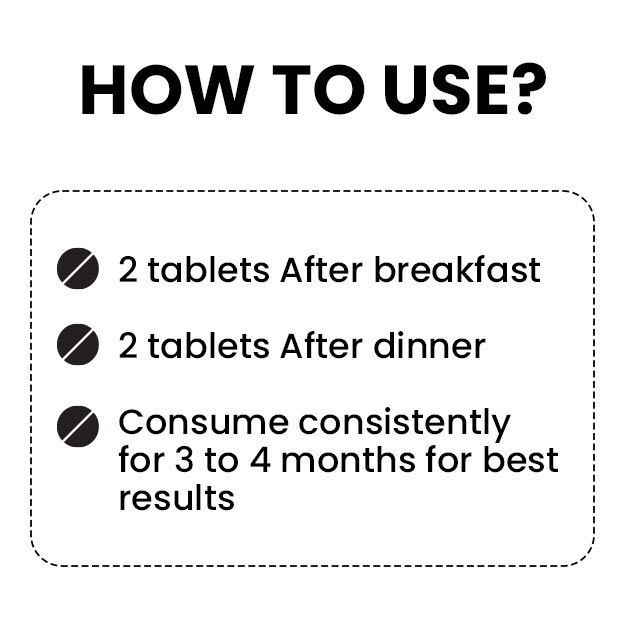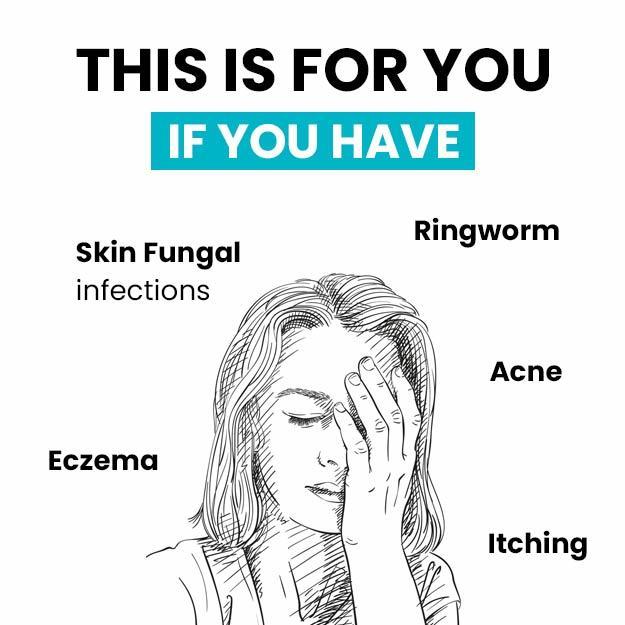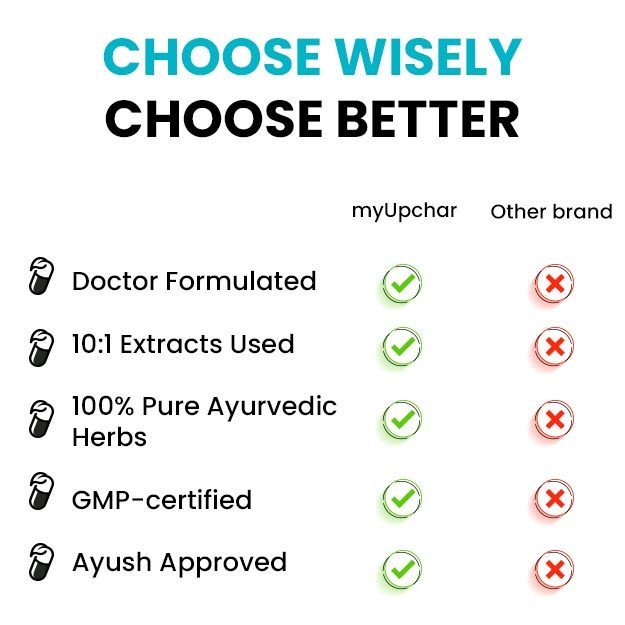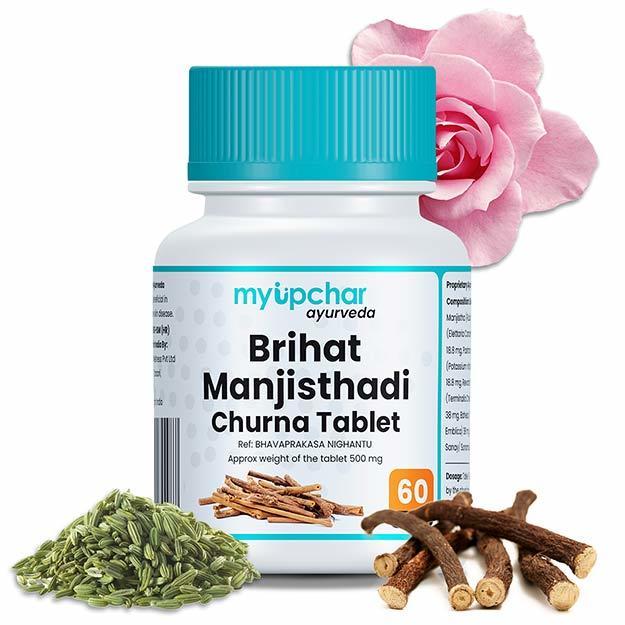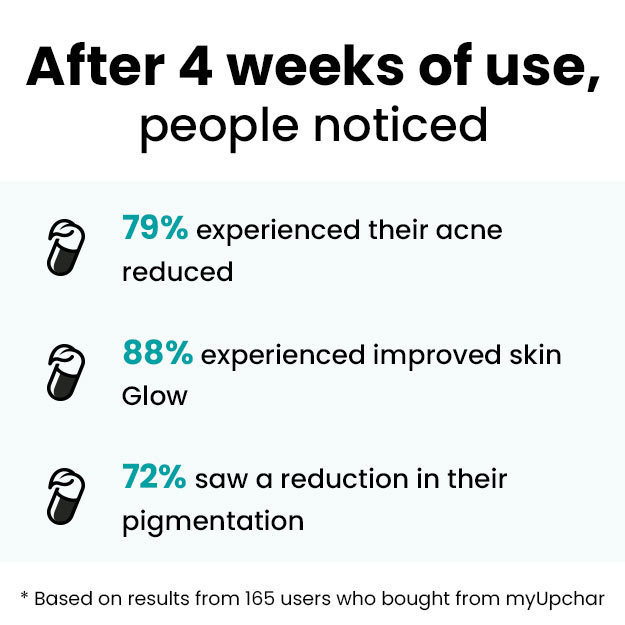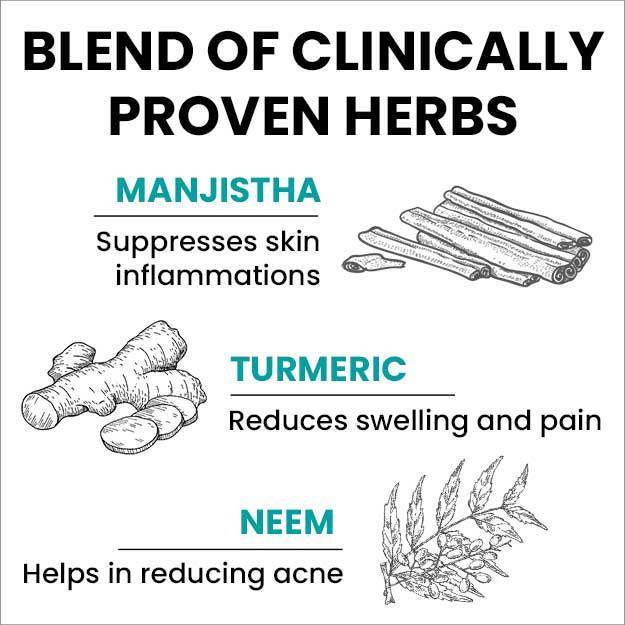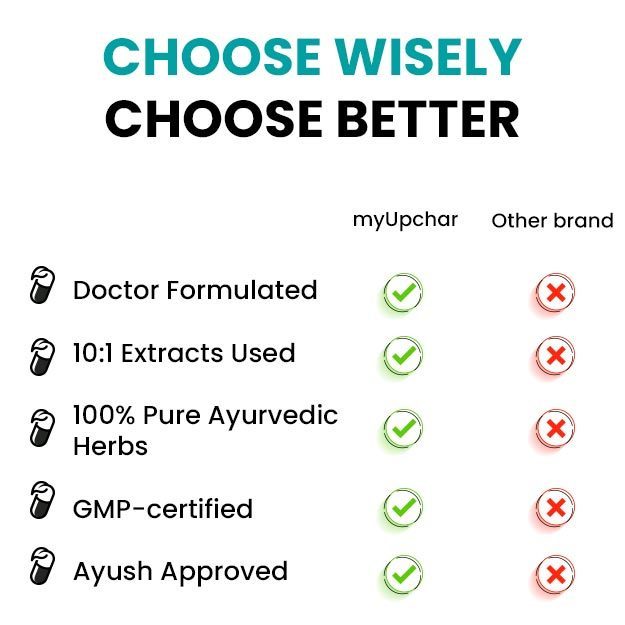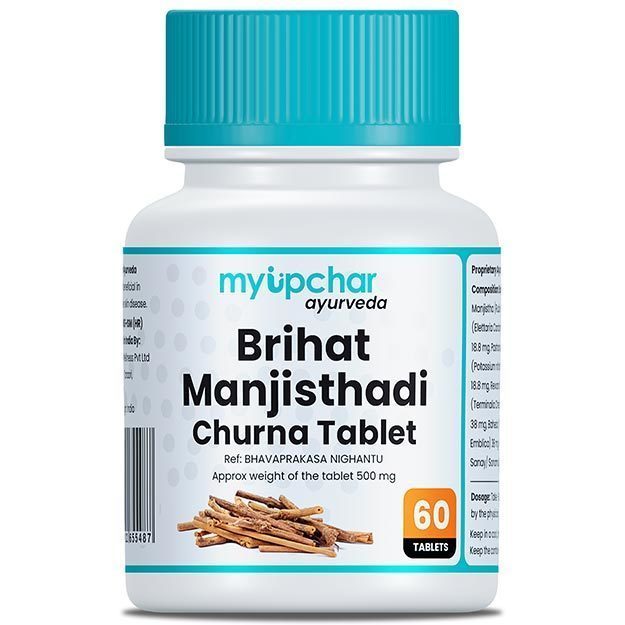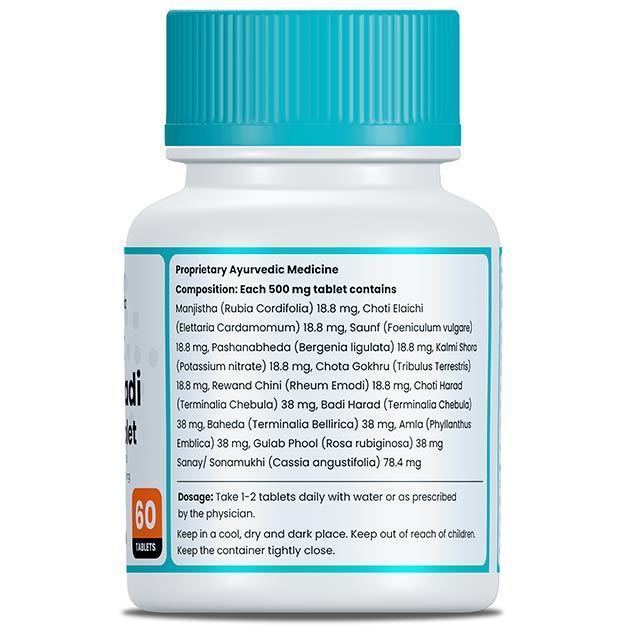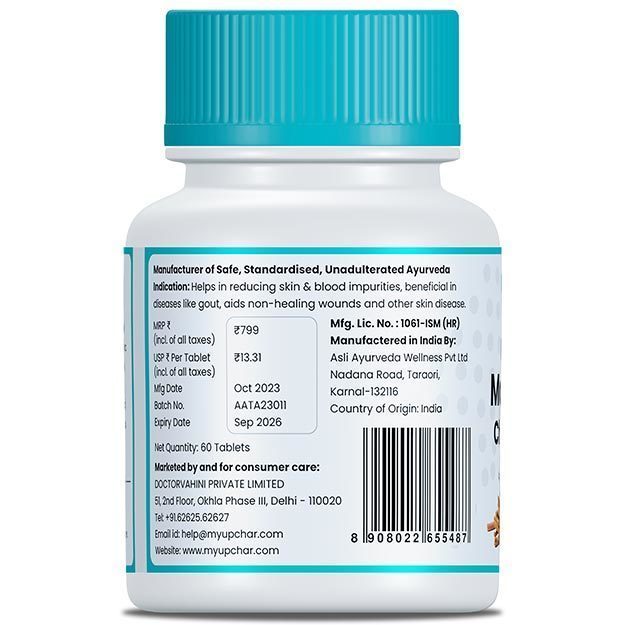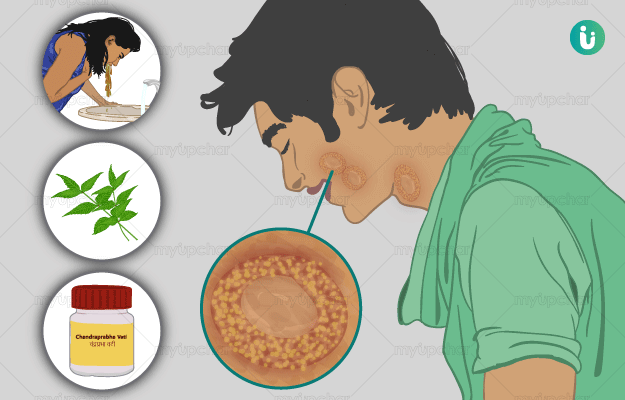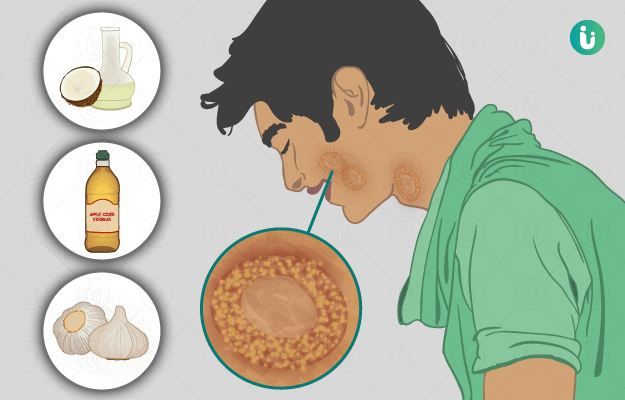Fungal infection affects both our hands or feet. When this fungus occurs between the fingers, it is called tinea manuum or ringworm. Tinea manuum is a fungal infection of the hands. Tinea is also called ringworm and manuum means ringworm on the hands. When it occurs on the feet it is called tinea pedis or athlete's foot. Tinea causes red, scaly rashes on the hands and feet that are slightly raised. This ringworm appears as circles on the body, which is why it is sometimes called ringworm. Apart from the hands and feet, tinea or ringworm can occur in most parts of the body. As:
- Hand
- Feet
- Skull
- Beard
- Toenails And Fingers
Tinea is contagious and is a smaller form of ringworm. Tinea manuum is a slightly less common form of tinea, and is caused by contact if another part of your body is infected with ringworm. In fact, tinea will usually be on your feet if it is on your hands. Because this is an infectious disease, if someone else has it, you can also get it if they come in contact with you. Infection can also occur by touching objects contaminated with fungus. In general, tinea is quite common, and many people will have it in some form during their lifetime.
Read more - (How long to get rid of fungal infection)
- Causes Of Tinea Manuum
- Symptoms Of Tinea Manuum
- Diagnosis Of Tinea Manuum
- Treatment Of Tinea Manuum
- Summary
Causes Of Tinea Manuum
Anyone can get a tinea manuum, but some people are more likely to get it than others. People who are more likely to have tinea manuum include:
- People who handle or live around animals
- People who play sports that involve close skin contact
- People who use public showers at gyms or other places
There are many causes of tinea. Since tinea is contagious, you can spread it to others. If an infected person has touched an object and you also touch it, then this infection can spread. Tinea can also be spread by certain animals, including dogs, cats, cows, and elephants. Contaminated soil can also cause tinea. Wearing tight-fitting clothes or shoes, especially when you sweat, can also cause tinea. About 40 types of fungi can cause ringworm. They thrive in warm, humid environments. You are more at risk for ringworm if you live in tropical areas with humid summers or spend time in humid places like locker rooms or indoor pools. It is rare for ringworm to spread below the skin surface. If your immune system is severely weakened, it may be difficult to avoid infection.
Read more - (Diet for fungal infection)
Symptoms Of Tinea Manuum
There are several common symptoms of tinea manuum. As -
- The Infection On Your Hand May Start Small And Grow Larger.
- The Infection May Or May Not Start In The Palm And Spread To The Fingers And Back Of The Hand.
- The Area Infected With Tinea Will Itch And Appear Red And Scaly.
- The Infected Area May Also Peel And Become Flaky.
- The Tinea Manuum Occurs Only On One Hand And Both Feet. Depending On The Fungus Causing Tinea, There May Also Be Blisters And A Watery, Clear Fluid In The Area.
Read more - (Home Remedies for Fungal Infection)
Tinea Manuum Vs Dermatitis
The symptoms may seem similar but there are differences between tinea manuum and dermatitis. Tinea manuum usually has a raised border with a clear area in the middle, whereas dermatitis does not. Most of the time, only one hand is affected by the tinea manuum. Dermatitis is usually more itchy than fungus. If your symptoms don't go away with over-the-counter (OTC) fungal treatments, you may have dermatitis.
Read More - (Top 10 Best Creams to Combat Fungal Infections)
Diagnosis Of Tinea Manuum
A medical professional can test for tinea (including manuum) using several different methods. As - Using a Wood's lamp – When this lamp shines on certain fungi, the fungus glows a different color or glow than the rest of your skin. Apart from this the doctor may examine the infected area under a microscope to test for tinea. Another way to test this involves taking a culture of a sample of the infected skin. Cultures are usually done only if your doctor thinks you will need oral medication for tinea. Apart from this, the following written tests can be done for the examination of tinea manuum such as -
KOH Stain
In this the doctor will gently scrape off some skin from the infected area of your hand. In a laboratory, a technician will place the scraping on a microscope slide. The slide contains a drop of potassium hydroxide (KOH). They will look at the sample under a microscope. The KOH stain makes it easier for the technician to see if any fungus is present. Results usually come within 24 hours.
Culture Test
If the results of the KOH stain are not positive, the doctor may order a culture. Culture is a substance that allows the fungus to grow. The technician can then identify the fungus causing your infection. Culture is more accurate and specific than the KOH stain, but it may take several weeks to obtain results.
Dermoscopy
The doctor may use dermoscopy to confirm the presence of fungal infection on your hand. They will use a handheld instrument called a dermoscope. The dermoscope has a magnifying lens and a lighting system. It can see details that are not visible to the naked eye. If you have a tinea manuum, a dermoscope can see white scabs in the cracks of your palms.
Read more - (Yoga for fungal infection)
Treatment Of Tinea Manuum
You can treat your tinea at home using OTC topical medications. These include miconazole (Lotrimin), terbinafine (Lamisil), and others. If the infection does not clear up even after a month, your doctor may prescribe some more medicines. In severe cases or special circumstances, the doctor may prescribe oral medication to solve the problem. To prevent tinea manuum, keep your hands clean and dry, especially if you regularly wear gloves. Avoid contact with people who have infection on any part of their body. If you have tinea on other parts of your body, avoid scratching these areas with your hands. When you treat other infected areas, it's a good idea to wear disposable gloves to avoid spreading tinea to your hands.
Read more - (Ayurvedic remedies for Fungal Infections)
How to Prevent Tinea Manuum
You can prevent tinea manuum and spread it to others by paying attention to your daily habits. Here are some things you can do.
- Don't share your belongings with others – Avoid sharing personal items to avoid infecting other people, and disinfect items if you must.
- Treat every infection – If you have ringworm in multiple places, proper treatment is important. You need to treat every area at the same time. Improper treatment can lead to secondary infection of ringworm.
- Wash your hands frequently – tinea manuum can spread to other areas if not treated and managed. Washing hands frequently will prevent the spread of fungus.
- Wear light clothes – Avoid layered and thick clothes in hot and humid weather. Wear loose cotton clothes that do not promote fungus. Similarly, avoid sweating too much. If this is not possible, regular bathing may be beneficial.
- Dry yourself completely after showering – Before you put on your clothes for the day, make sure your skin is completely dry. To make sure your skin is dry before wearing clothes, towel dry, air dry, and use a hairdryer in cool temperatures.
Read more - (Tea Tree Oil: A Natural Remedy for Ringworm)
Summary
Tinea manuum can be cured with proper treatment. Some cases may be more severe and may require prescription medication, but most tinea heals in about a month or less. If your tinea manuum does not improve after a month of using OTC topical treatments, be sure to see your doctor. You should also see your doctor if you get tinea and have diabetes or any disease or condition that affects your immune system.

